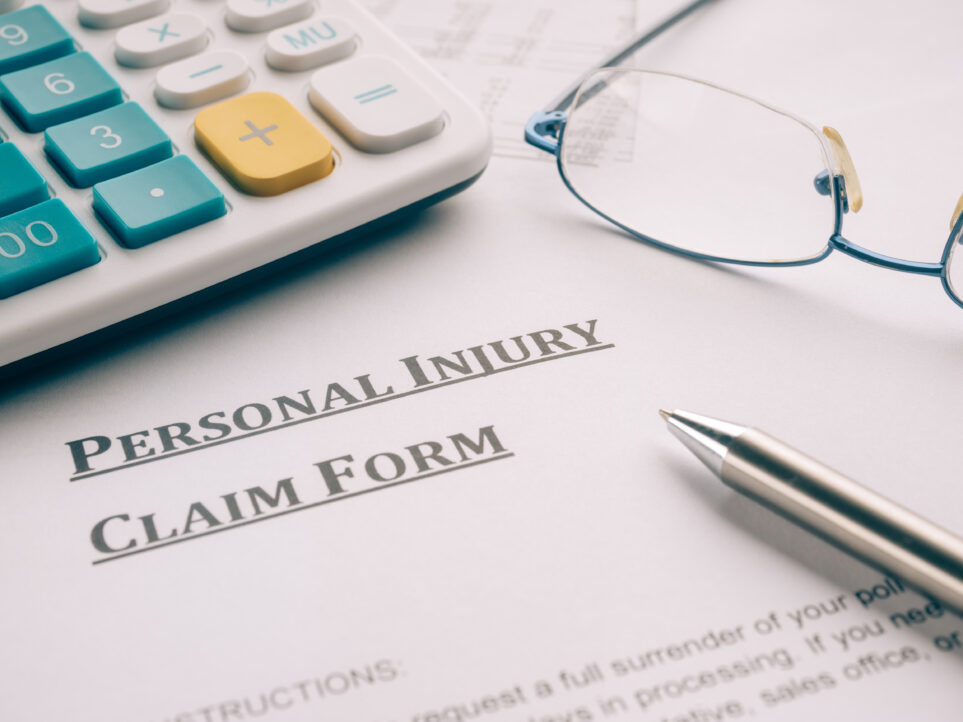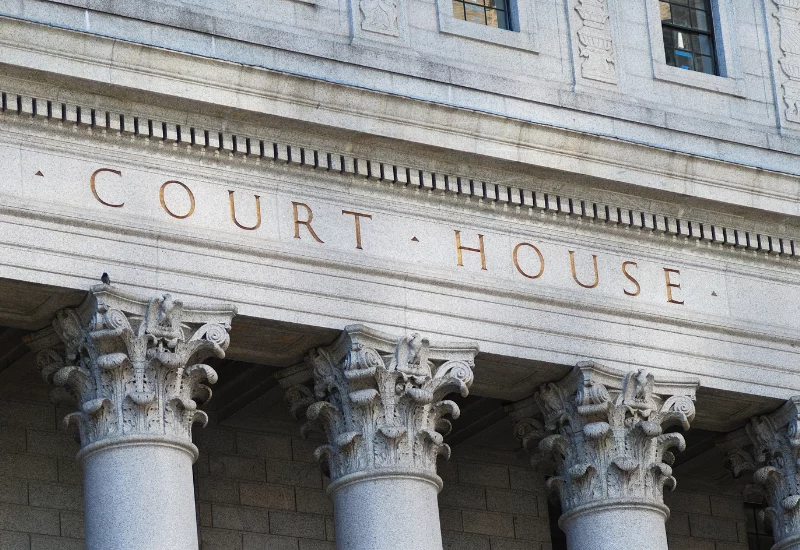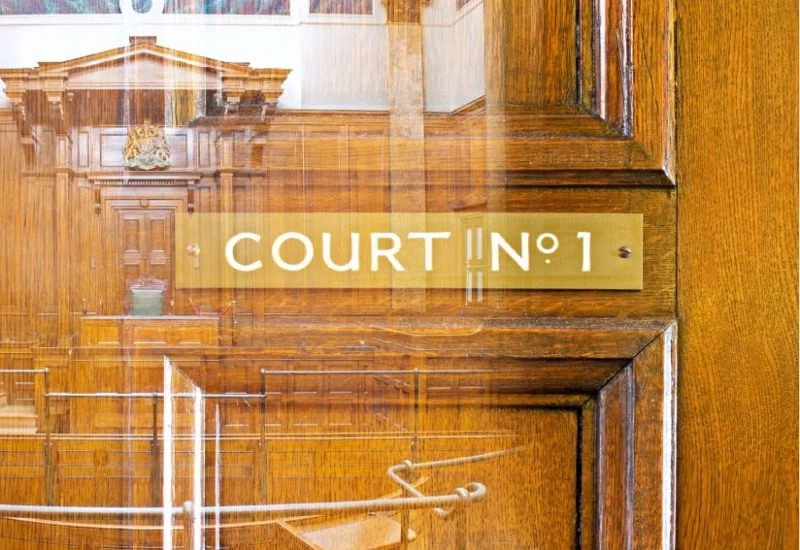- 28 Feb 2020
- •
- 2 min read
Changes to the litigation landscape

In late 2018 I wrote an article entitled “Can I skype the Judge?” looking at how cases in the court room could one day be a thing of the past. The article can be found here : Can I Skype the Judge?
As we head into the new decade, what other changes can we expect to see to the litigation landscape? Two that spring to mind are the increasing appearance of litigants in person in the court system and an increasingly hard approach towards fraud. I will explore these in more detail in turn below.
Increasing appearance of litigants in person
Litigants in person are not new. But the number does appear to be increasing and this trend is set to continue. In the personal injury sphere forthcoming changes to the small claims limit and the development of a litigant in person portal to enable parties to pursue these claims without representation, seems likely to cause further increases.
Superficially this may be considered a good thing as it is hoped it will restrain costs and that these savings can be passed on to consumers in the way of reduced insurance premiums. However, there are concerns that this may prove to be an over-simplification as fraud cases may increase without the involvement of solicitors as gatekeepers in these cases.
Another consideration is the question of how to deal with unrepresented parties. There has been anecdotal evidence in the past that the courts have been more lenient with litigants in person than with represented parties. In this context a couple of recent court decisions are timely. In Barton v Wright Hassall LLP 2018 (SC) the court said “As to litigants in person, their lack of representation would not usually justify applying to them a lower standard of compliance with rules or orders of the court”.
In Woodward & Anor v Phoenix Healthcare Distribution Ltd 2019 (CA) the court said “A solicitor’s professional duty did not require him to draw attention to mistakes made by the other party in circumstances where the mistake was not of his making and arose in a situation not calling for a response”. I suspect these cases will be much quoted by represented parties facing litigants in person.
The court’s treatment of fraud
As to the courts’ treatment of fraud, this has hardened in recent years and this trend shows no sign of abating. Again I wrote about this in a recent article here: Court of Appeal in personal injury fraud crackdown
That article dealt with the decision in Zurich Insurance v Romaine 2019 (CA). Since that time the courts have gone further. In the case of Jet 2 Holidays Ltd v Hughes 2019 (CA) the court decided that “where a prospective Claimant made a witness statement verified by a statement of truth before the commencement of proceedings in purported compliance with a pre-action protocol, such a statement could give rise to contempt and be the subject of an application for committal even though proceedings for substantive relief were never issued following the Defendant’s challenge to the truth of the statement”.
Clearly nobody has a crystal ball. It does however seem likely that the litigation world will see an increasing use of technology; increasing numbers of litigants in person and a continued crackdown on fraud as we move into this new decade.
If you wish to read the Dispute Resolution Briefing | Spring 2020 edition, click here. To discuss anything that you have read here further, don’t hesitate to contact our experienced team of litigation solicitors on 0800 2800 421. We are happy to help.





